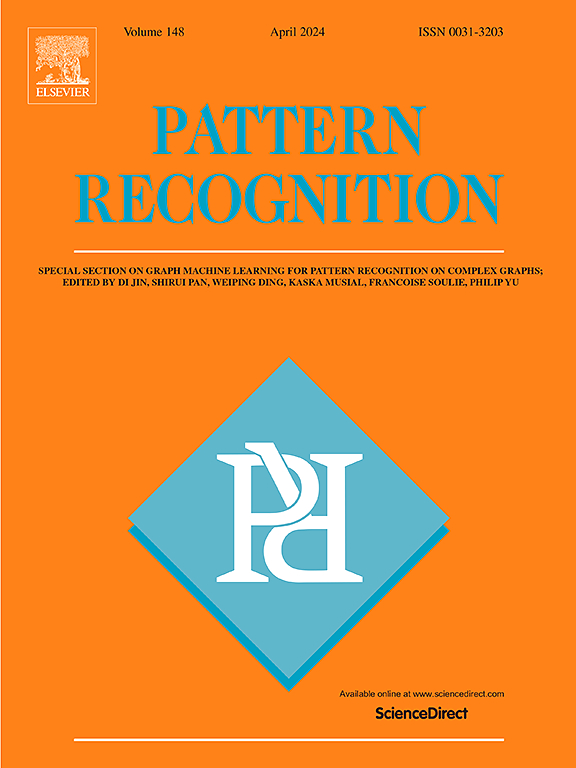EC-SLAM:基于TSDF哈希编码和联合优化的有效约束神经RGB-D SLAM
IF 7.6
1区 计算机科学
Q1 COMPUTER SCIENCE, ARTIFICIAL INTELLIGENCE
引用次数: 0
摘要
我们介绍了EC-SLAM,一种利用神经辐射场(NeRF)的实时密集RGB-D同步定位和制图(SLAM)系统。虽然最近基于NeRF的SLAM系统已经显示出有希望的结果,但它们还没有充分利用NeRF的潜力来估计系统状态。EC-SLAM克服了这一限制,利用具有尖锐归纳偏置的截断符号距离域(TSDF)不透明度函数加强了稀疏参数编码中的约束,减少了模型参数的数量,提高了精度。此外,我们的系统采用了高度约束的全局联合优化方法以及基于特征的均匀采样算法,实现了TSDF和稀疏参数编码之间的有效融合。这种方法加强了对与当前帧最相关的关键帧的约束,减轻了随机采样的影响,并有效地利用了NeRF的隐式循环关闭能力。对Replica、ScanNet和TUM数据集进行了广泛的评估和分析,展示了最先进的性能,实现了精确的跟踪和重建,同时保持了高达21 FPS的实时操作。源代码可从https://github.com/Lightingooo/EC-SLAM获得。本文章由计算机程序翻译,如有差异,请以英文原文为准。
EC-SLAM: Effectively constrained neural RGB-D SLAM with TSDF hash encoding and joint optimization
We introduce EC-SLAM, a real-time dense RGB-D Simultaneous Localization and Mapping (SLAM) system leveraging Neural Radiance Fields (NeRF). While recent NeRF-based SLAM systems have shown promising results, they have yet to exploit NeRF’s potential to estimate system state fully. EC-SLAM overcomes this limitation by using a Truncated Signed Distance Fields (TSDF) opacity function with sharp inductive bias to strengthen constraints in sparse parametric encodings, which reduces the number of model parameters and enhances accuracy. Additionally, our system employs a highly constrained global joint optimization approach coupled with a feature-based, uniform sampling algorithm, enabling efficient fusion between TSDF and sparse parametric encodings. This approach reinforces constraints on keyframes most relevant to the current frame, mitigates the influence of random sampling, and effectively utilizes NeRF’s implicit loop closure capability. Extensive evaluations and ablations on the Replica, ScanNet, and TUM datasets demonstrate state-of-the-art performance, achieving precise tracking and reconstruction while maintaining real-time operation at up to 21 FPS. The source code is available at https://github.com/Lightingooo/EC-SLAM.
求助全文
通过发布文献求助,成功后即可免费获取论文全文。
去求助
来源期刊

Pattern Recognition
工程技术-工程:电子与电气
CiteScore
14.40
自引率
16.20%
发文量
683
审稿时长
5.6 months
期刊介绍:
The field of Pattern Recognition is both mature and rapidly evolving, playing a crucial role in various related fields such as computer vision, image processing, text analysis, and neural networks. It closely intersects with machine learning and is being applied in emerging areas like biometrics, bioinformatics, multimedia data analysis, and data science. The journal Pattern Recognition, established half a century ago during the early days of computer science, has since grown significantly in scope and influence.
 求助内容:
求助内容: 应助结果提醒方式:
应助结果提醒方式:


